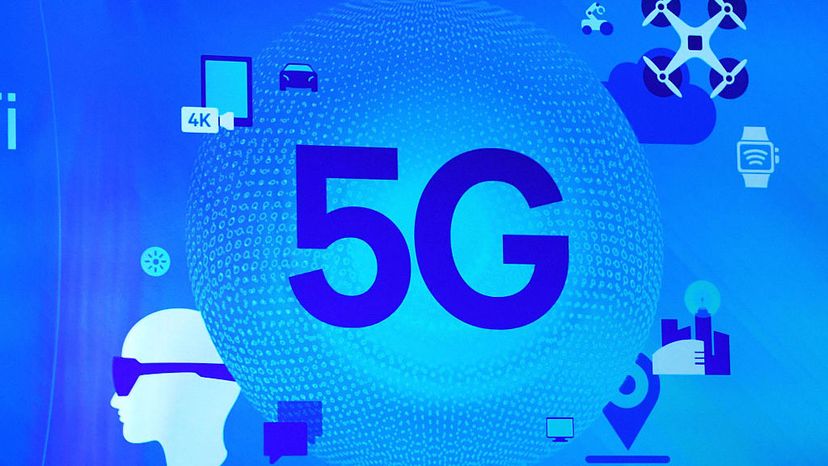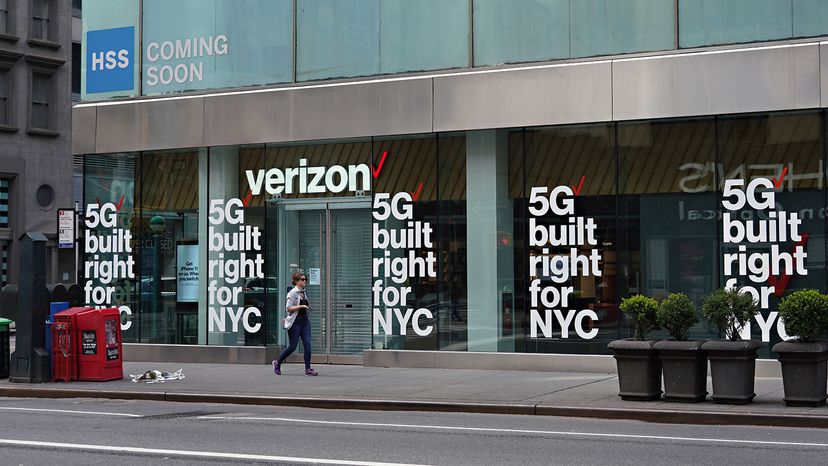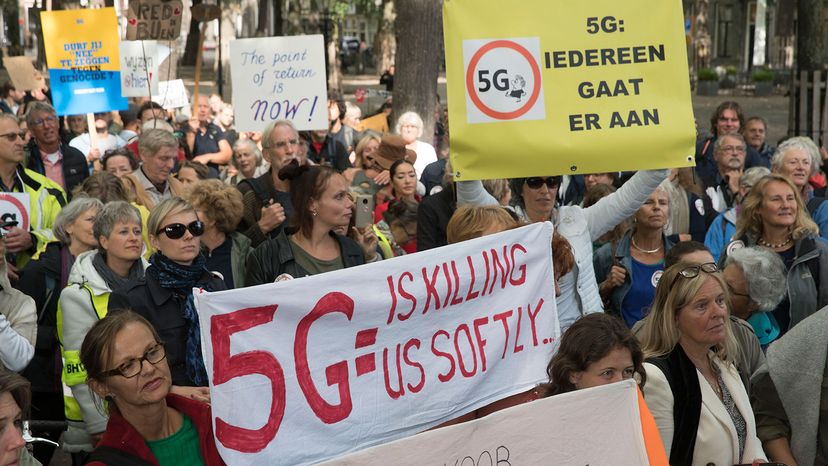
Key Takeaways
- 5G is the fifth generation of mobile wireless systems, offering blazing-fast data transfer speeds and enabling advanced technologies like driverless cars and delivery drones.
- 5G operates on millimeter wave technology, providing incredible data bandwidth but requiring a denser infrastructure due to shorter range and obstacles disrupting signals.
- Concerns about potential health effects from 5G's radiation exist, but experts emphasize that there is no conclusive evidence linking cell phones to cancer or negative health impacts.
In the U.S., 4G is still the reigning king of cellphone communications standards. But providers are now rolling out long anticipated 5G infrastructure across America and around the world. With 5G, end users like you should see crazy fast data transfer speeds that allow for all sorts of amazing smartphone magic.
5G is the fifth generation (thus, the "G") of mobile wireless systems, a way for devices, both mobile and stationary, to send and receive data without being plugged into a wall in your home or at the office. Typically, a new generation is named (sometimes retroactively) when it denotes a significant leap in wireless mobile technologies. 5G might enable driverless cars, delivery drones, and may even replace the WiFi in your home and office.
Advertisement
You can buy a 5G phone right now if you want, but you may want to hold off. Keep in mind that 5G isn't yet available everywhere – in fact, it's still pretty rare around the world. As of January 2020, just 30 U.S. cities had substantial 5G coverage. That includes, of course, major metro areas like Los Angeles and New York City, among others. Other countries, like South Korea and China, actually got the jump on 5G and have more robust infrastructures in place now – there are roughly 90 and 60 cities in those countries, respectively, sporting this high-speed technology [source: 5g-expands-to-378-cities-across-34-countries/">Whitney].
In these high-tech countries, engineers are building a network that is – in select places, anyway – able to provide download speeds of about 10,000 Mbps (megabits per second). Various tests show that in cities around the nation, 5G is already hitting speeds that are 10 times faster than 4G [source: McGarry]. With those kinds of blazing speeds will come even more complex and powerful smartphone apps, among many other benefits. Remember when it took 15 seconds to download a 5MB MP3 file via 3G connection? With 5G, you may be able to download an entire movie in just moments. Giddy-up!
Whether you're an early adopter or slow to adopt new technologies, there's no arguing that mobile communications are transforming modern life, and it's likely that 5G bring even more changes. Keep reading and you'll find out what 5G is and how it might speed up your already quick-paced personal and professional life.
Advertisement


